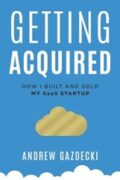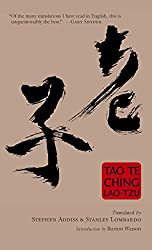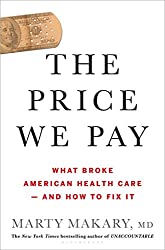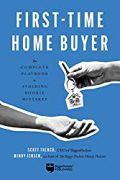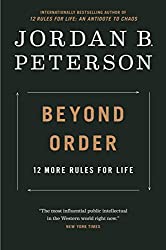
Rating: 8.0/10.
Jordan Peterson’s sequel to 12 Rules for Life, written after a lengthy break due to medical issues. The content is similar to his first book and there is a lot of overlap with the similar messages of being truthful to yourself and others, taking responsibility for your own life, confronting problems when they arise instead of ignoring them, etc. Most of what he says is self-evident (but is still interesting to read), so I’ll just summarize some of the less obvious ones:
- Rule 1 and 7 talk about the function of social institutions: to provide a venue for more conservative and rule-following people to convert their effort into societal value in a proven and structured manner. People have different tendencies to be more conservative (rule-followers) or liberal (rule-breakers) and both serve a necessary function. Thus you should not be quick to reject existing structure, only change the rules when you’re deeply familiar with existing ones and understand what they’re for.
- Rule 6 (abandon ideology) is what JP was originally famous for. He advises against ideologies that separate people into an oppressor and an oppressed class (eg: bourgeoisie vs proletariat) and claim an easy fix of getting rid of the oppressor. Reality is much more complicated than that, poverty has many contributing factors so it’s misleading to reduce it down to a one-dimensional view.
- Rule 8 talks about the value of art: an artist explores the unknown and captures an intuitive (rather than logical) understanding of it. Art makes life enjoyable, and is a good antidote against cynicism.
Compared to his previous book, JP spends more time analyzing stories and extracting insights about meaning of existence from them. This time, it’s not just the Bible and Sumerian mythology, but also Harry Potter and Disney movies. These analyses are interesting but rather difficult to follow and read like a stream-of-consciousness.
The problem with this is that there’s no objective standard for determining if any claimed symbolism is real (eg: the snitch in Quidditch representing the pursuit of ethical purity) or just something JP made up. Even if you accept his analysis, they’re still relatively tangential to the topic of the chapter. I would’ve been more convinced by evidence from empirical studies or even anecdotes from his clinical practice.
